Cambridge
Audio CD3
July 20 2007
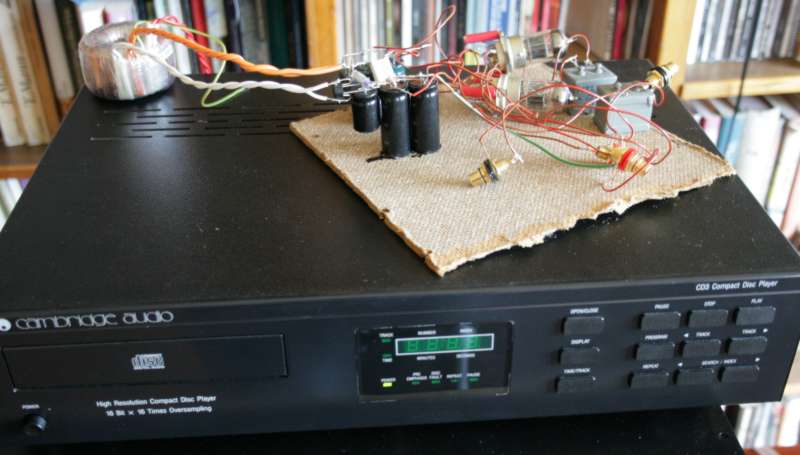
(PICTURE: Test drive with the "bird's nest" style lampizator. Later it
ended up packed neatly in a separate black box.)
Cambridge CD3 description
This is some weird CD player. Old Cambridge has a legendary
status as a non compromise high end company from UK, which had
excellent engineering with no frills and no BS.
All the money went to the sound, and almost none to the looks, which
shows (!)
The player is small, ugly, black box.
Inside it has all the possible goodies: Philip's CDM1 MKII
transport, audiophile power supplies, and TDA1541A converters (four
!!!) in parallel..
Output stage is op-amp based but relatively simple (at least compared
to Grundig's 9009 overengineered monstrosity. )
Cambridge is very promising indeed. For the player from late eighties
that is.
So how does it sound?
Before tweaking - it is THE BEST CD player I have tested to date
and by a wide margin.
It has HUGE, expansive sound, with enormous power, energy, pronounced
yet clean trebles, ultra big bass, nice mids, etc. It is like Mister
Olympia - muscular, too much of everything, but impressive nevertheless.
To the trained ear like mine it shows the treble to be on a dry side of
things and a bit
over-exposed, the bass is kinda heavy and slow, the excessive
information is a
little unclear and not easy on the ear.
Overall, excellent sound just BEGGING for lampization.
BUT how to do it right? How to do justice to the otherwise amazing
piece of engineering?
Can it eventually beat the Grundig?
I guess - it can.
Lets see folks what can be done.
Lets grab that iron ...
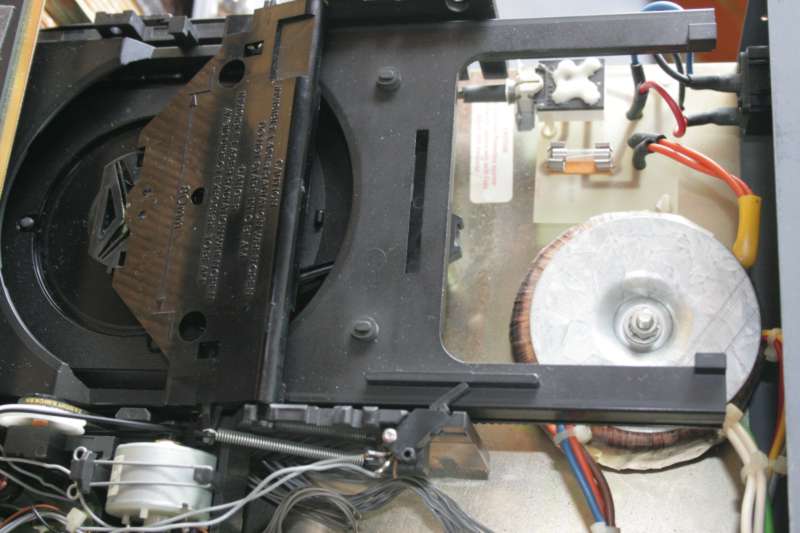
Above is the CD3 mechanism - CDM1 MK2 from Philips. Cast alloy body and
composite drawer.
Lampizator meets the Cambridge
After one day of soldering,
testing, measuring and listening - I
created a Lampizator to match the CD3.
What I did .....
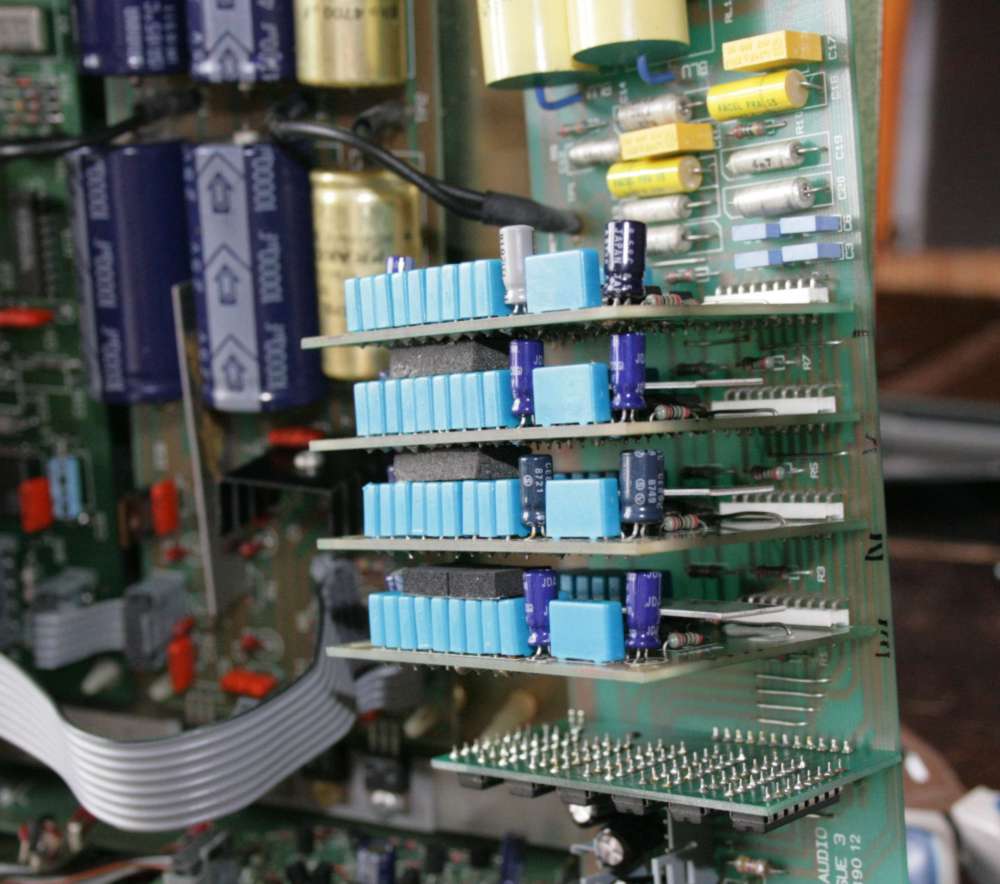
1. Desolder all vertical cards and
2. cut the tracks from DAC output to first op-amp.
3. Add a wire from current output (leg 6 and 25 th) and connect all 4
per channel to a common current point.
4. Connect a pair of resistors to analogue ground
5. Connect the twisted four dac output wires to the resistors (33 Ohm
or close).
6. Connect the top of the resistors to the Lampizator first grid
(input) (capacitor is unnecessary)
7. Lampizator was of the 6H6P tube variant, producing the best sound of
the two (6H1P tried and rejected as too loud)
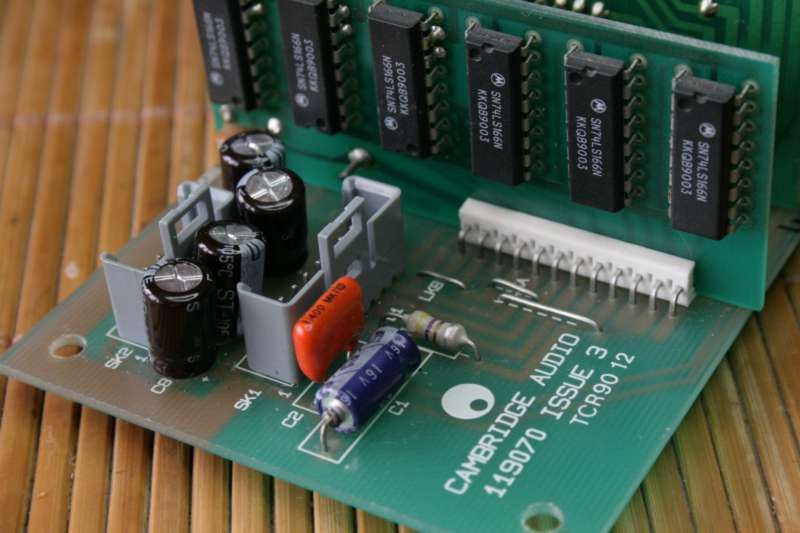
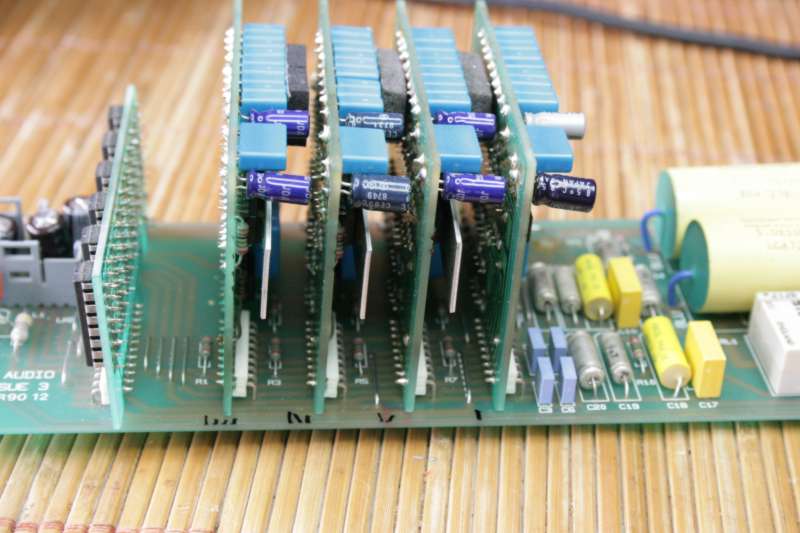
(a side note - the electrolytic caps on the vertical boards are just
begging to be upgraded
with oscons or tantalums. But not the ones supplying the opamps. ;-)
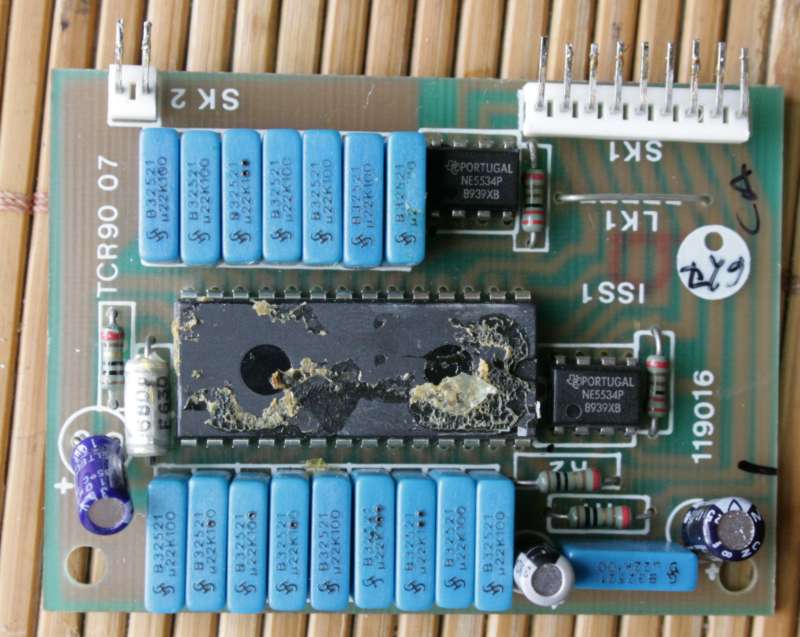
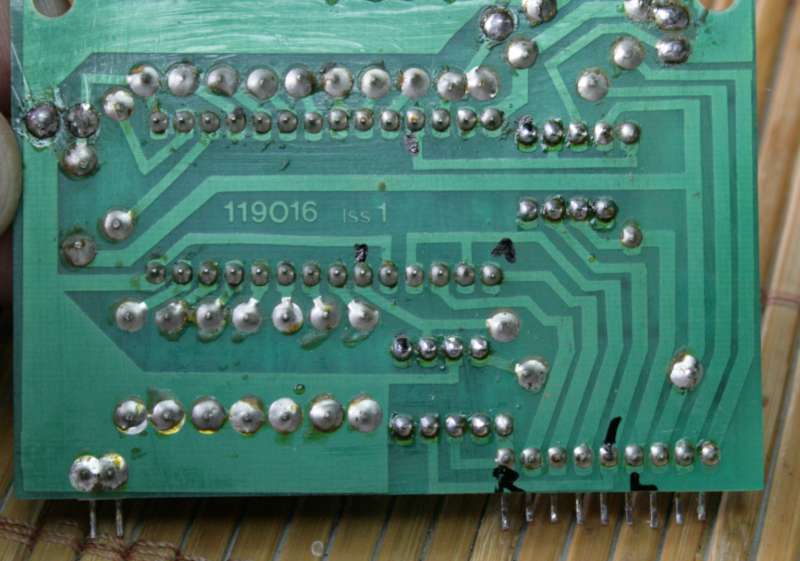
I would add a tantalum 47/16V across all three pins of TDA1541A
(observing polarity) the pins 28, 26 and 15. That makes 4 x 3
tantalum caps. The power regulators are too far away from
consumer points !
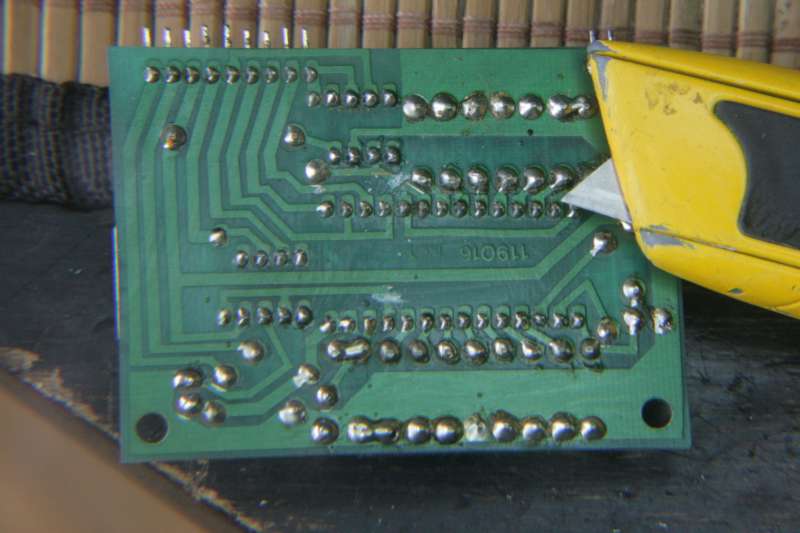
Cutting the output traces ...
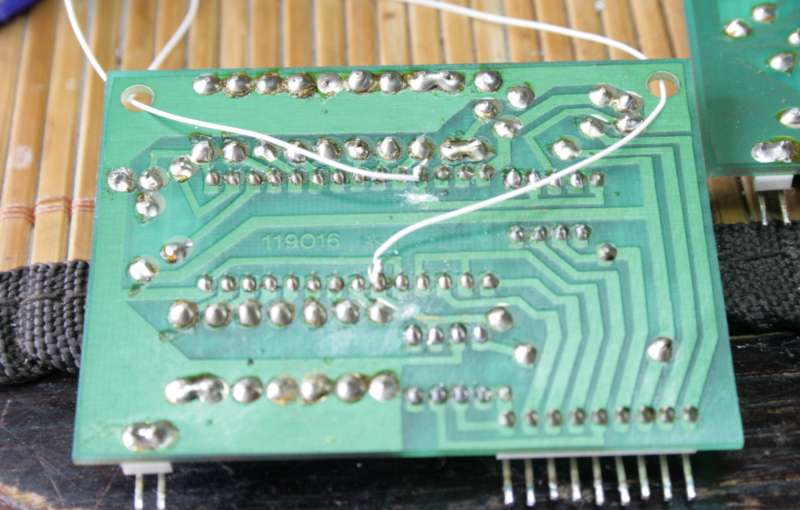
New output wires (kynar silver/teflon)
TDA1541A Quadruple DAC
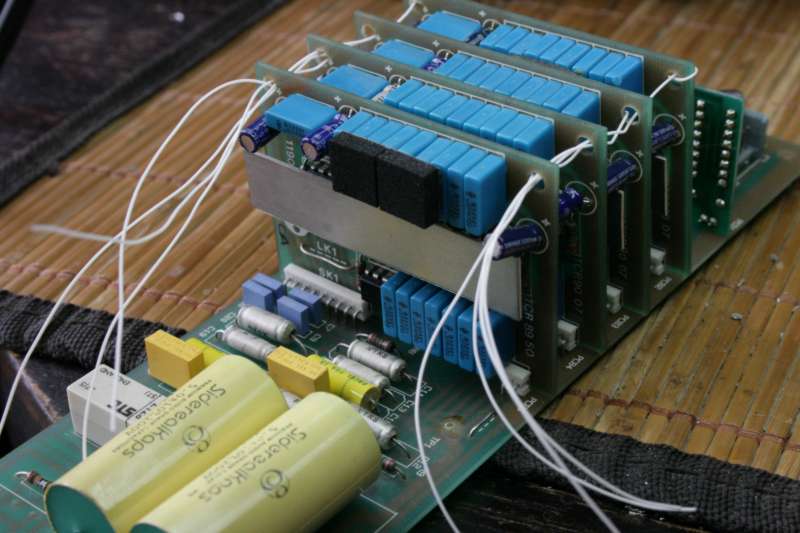
Four cards re-installed. and outputs wired together in parallel.
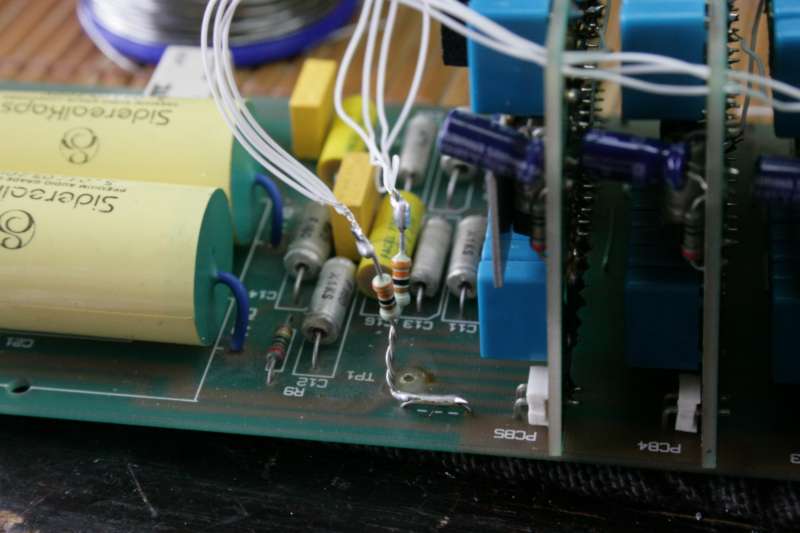
Four signals tied together in parallel.
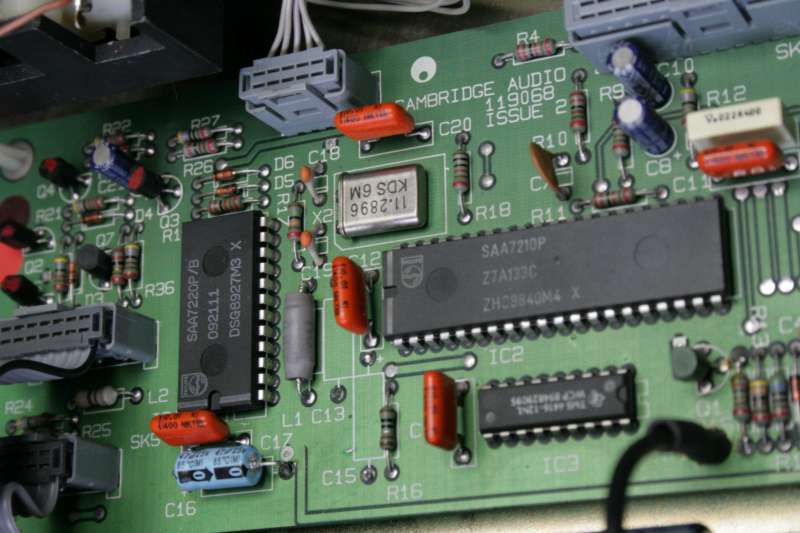
The digital part (maybe non-oversampling mod could be performed ?) Of
course YES. But I did not try it.
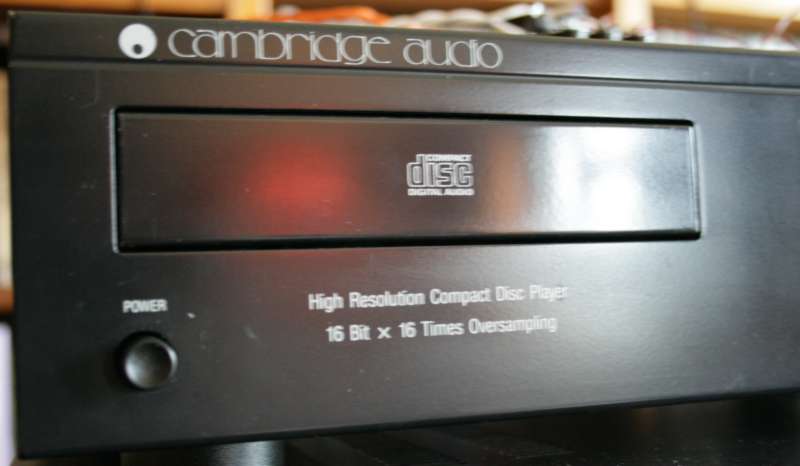
The Miss Uglyness 1989 in full glory ...
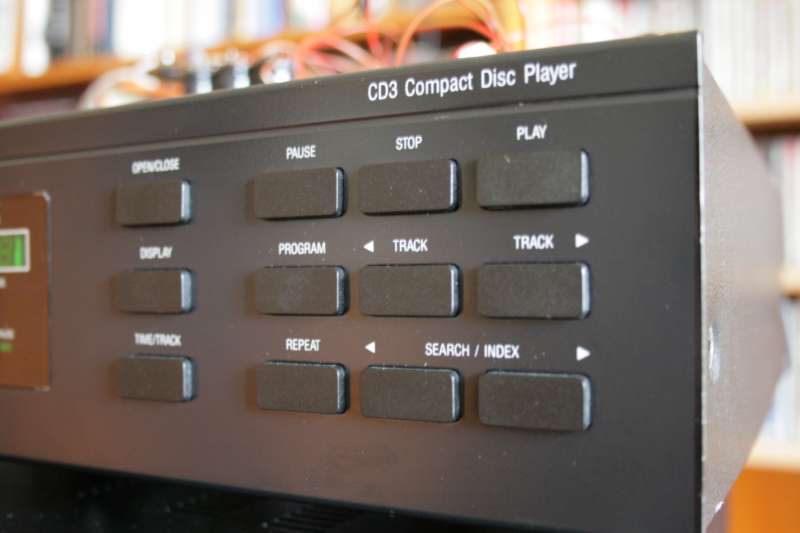
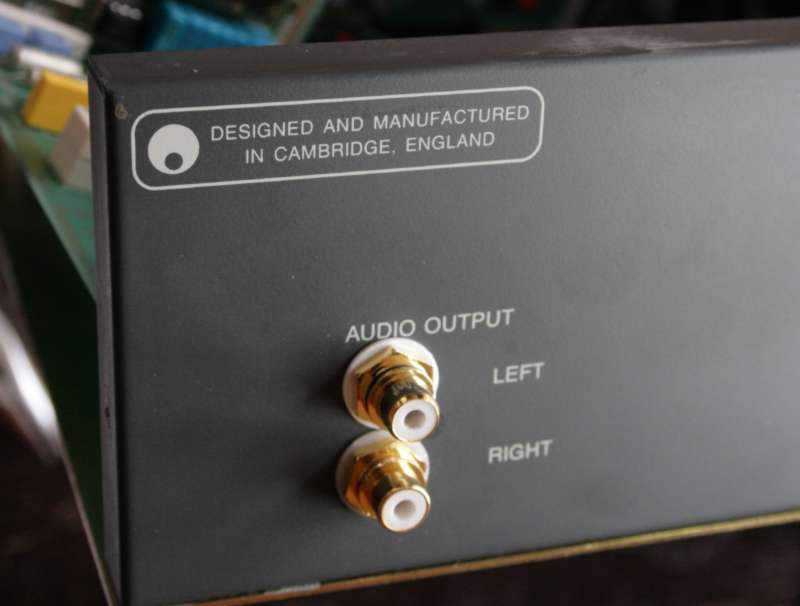
No need to make new RCA's - the old ones are OK.
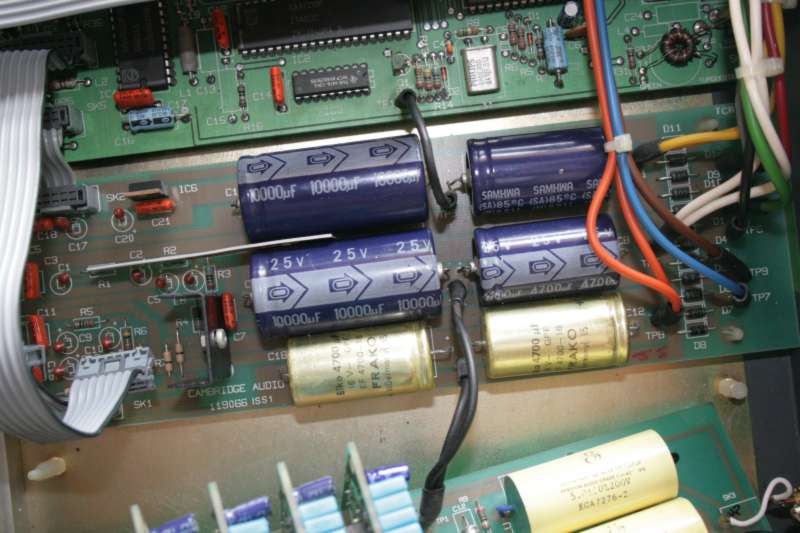
Power supply section ...
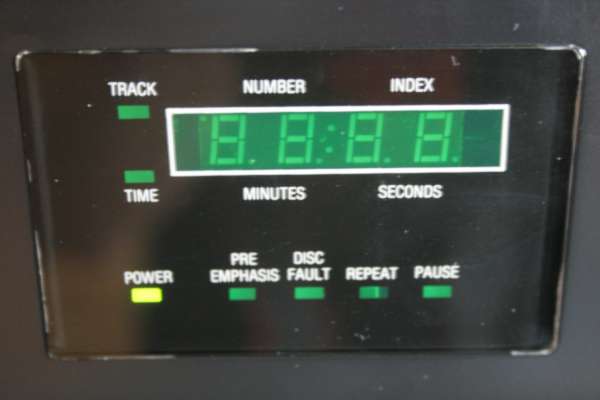
Hardly an iPhone or iPod display ......
The Lampizator sits in a separate box - that was the wish of the owner
of CD3.
The overall sound is as good as it gets from TDA1541A chip. Lively,
analogue, powerful.
THE BIG QUESTION - is it better than a single TDA1541A in other
players???
Well, for me the quadruplization of TDA's did not prove to be anything
superior. These DAC chips are NOT "S" type, so Grundig's two S
ones are not worse.
Cambridge CD3 managed to equal the Grundig 9009 but not beat it.
Probably the fact that Grundig has the two paralleled S version equal
the performance
of four parallel non-S variants. The error, getting 1,4 times smaller
with every parallel, did not show to my ears audibly superior. The
sound was
VERY GOOD by all standards nevertheless.
Having said that - I must admit that non-lampized CD3 is the best CD
player around by a wide margin. Lampization only improves it a little,
giving much cleaner bass and trebles. It converts a superb hi-fi
machine into real high end. In standard factory version the CD3
thrashes the Grundig with one hand behind the back.
Internally, there is not enough room for the Lampizator parts
(transformer) so in case of internal lampization you must probably hang
the transformer outside, and put tubes and power supply filters -
inside. Just like I did for example with Marantz 63 SE and on
Bang&Olufsen CD 5500.
I guess that to do justice to this player we should also do the NOS,
the CLOCK and the OS-CON jobs. Doing the NOS I would also remove the
pre-TDA circuitry which shifts two dacs aganinst the oither two. I
would go back to SAA7210 and take the I2S signals straight to TDA1541
input pins 1, 2 and 3 by the wire, bypassing everything in between,
including the SAA7220p/B.
BACK
















